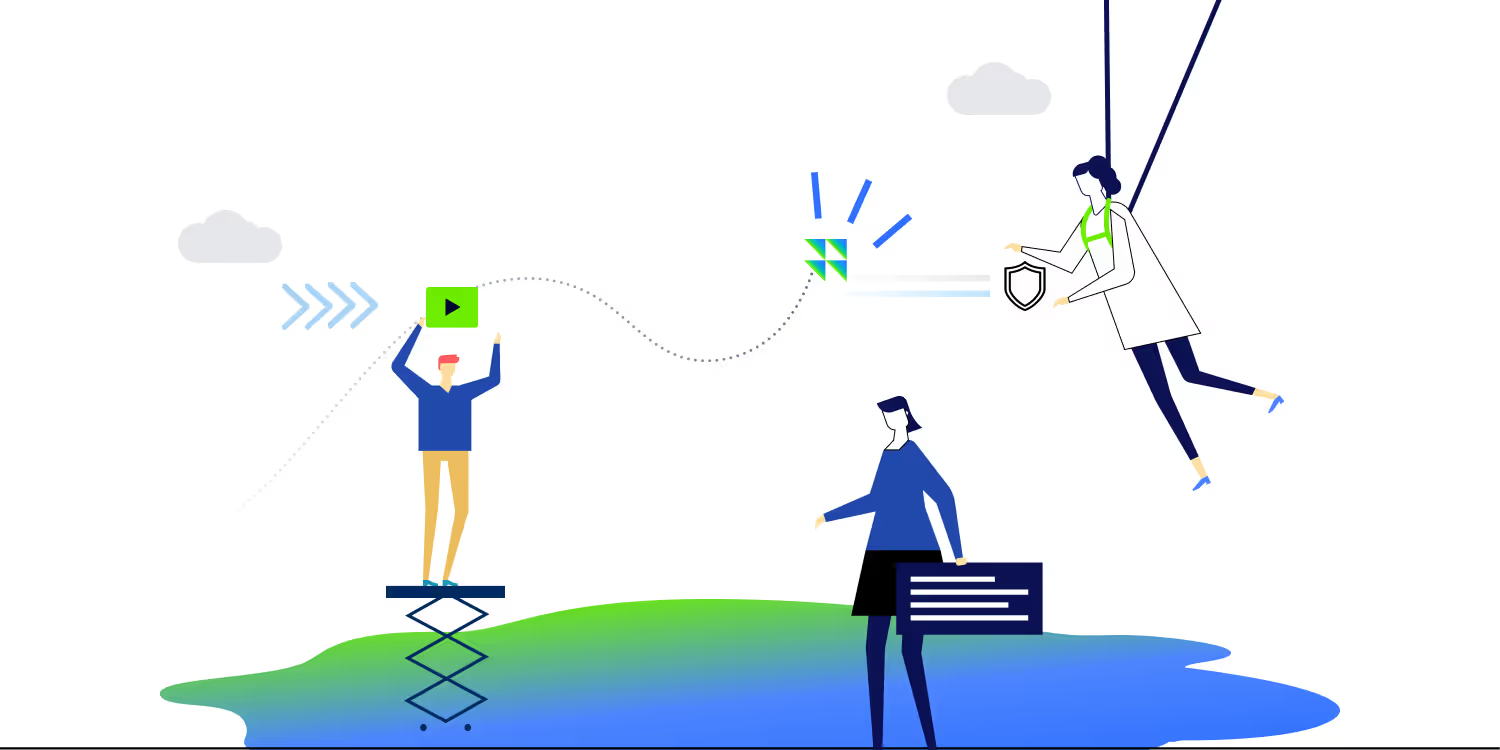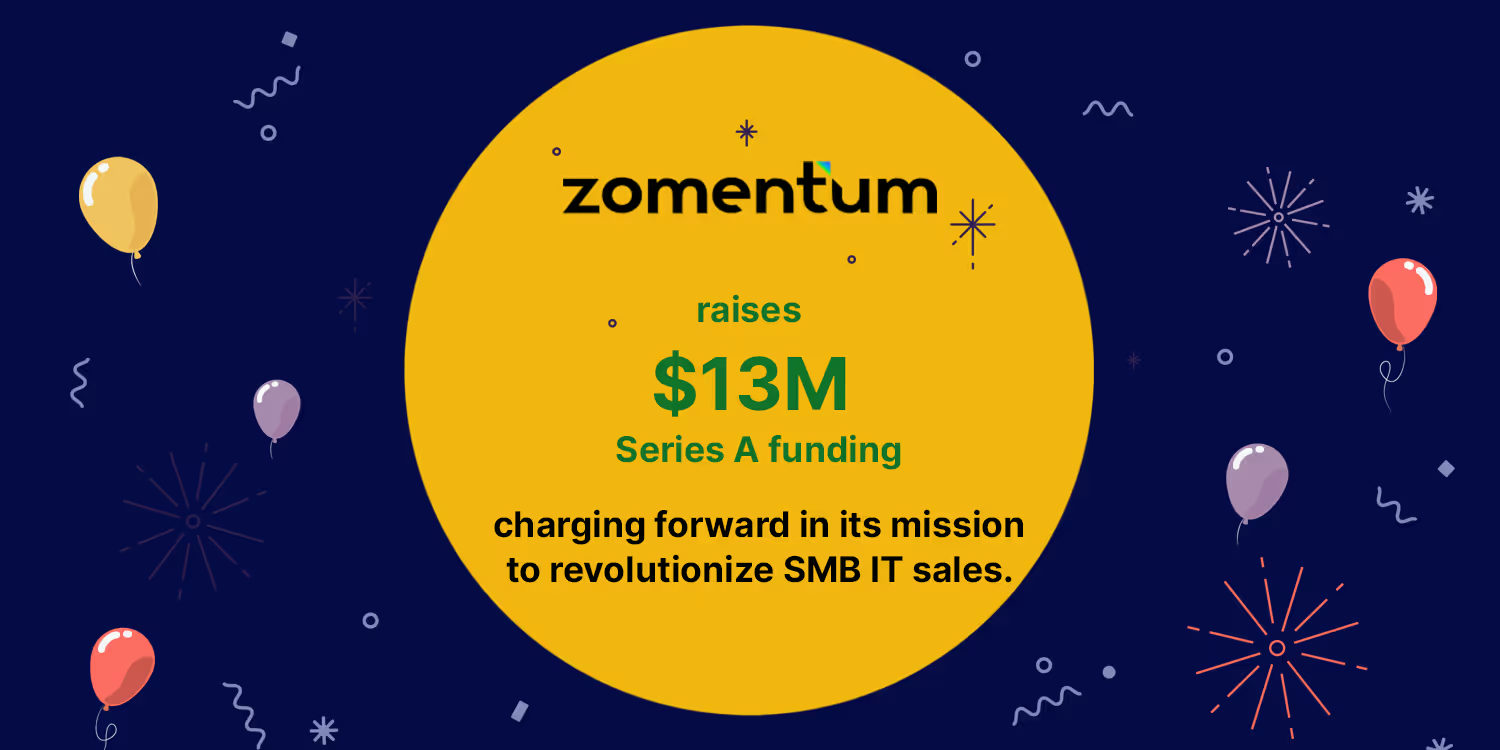MSP Sales Journey: Accept that Sales is a Battle

In our first article of the MSP Sales Journeys series, I described why it’s beneficial to set concrete sales goals before outsourcing lead generation or hiring a sales rep or marketer.
An MRR target can be backed into your sales funnel KPIs, along with other metrics and the accompanying activities.
Transparency around those milestones helps the MSP and those responsible for lead generation form a sweet alignment from the start.
However, the blissful start can go astray quickly unless a myth is dispelled and confronted head-on.
It’s the idea that merely generating appointments are all the MSP needs to prepare for.
Sorry! This may be breaking news for some of you.

If you’re about to switch from reactive referral-based sales to proactive marketing-sourced sales, then buckle up, this article is going to be a hard pill to swallow.
Cold Leads are a Harder Puzzle to Solve
Imagine being an unmarked striker who receives a pass 10 yards away from goal. In this advantageous scenario, even an amateur forward could score plenty of goals; just pick the head up, pick a corner and strike!
Leads referred by a friend are the same scenario as the one just described. Plenty of people with minimal sales experience can score new clients here. These prospects already trust you and you haven’t said a word – your friend already said great things on your behalf.
According to Capterra 61% of IT buyers report that colleague recommendations are the most important factor when making a purchase decision.
However, if that exact same amateur received the ball 30 yards away from goal instead of just 10, now that is a different ball game. Now we have midfielders and the entire defense between the striker and the back of the net.

This is the scenario that awaits MSPs who are switching to proactive selling. It’s not a pass to feet near the goal, it’s more like receiving continuous passes from 30 yards out and you gotta be agile, fast and fit to finish it.
Said another way, these Opportunities are not referrals. They probably do not trust you at this stage, and not only that, your competition includes the incumbent IT provider, plus the MSP that was referred by their friend, plus any other providers the prospect Googled along the way.
The Impact of Bad Closing on Profit
In the table below, we can see the difference between a good closer and one that needs help.
If the close-won rate is 6%, an MSP with a 15% profit margin would net $94K after 5 years; on the other hand, a 20% close-won rate would net $315K, or more than 3X the profit!

The good news is that it’s mostly green; so long as an MSP closes some opportunities, profit will eventually be realized. However, it’s undeniable that the ROI comes sooner and is much greater when we are better at controlling the sales outcomes.
What’s Next?
In conclusion, when we acknowledge that we’re in a harder and unfamiliar sales scenario, only then can we prepare to win those deals.
What does winning preparation look like? How do we even begin?
I believe the answer doesn’t need to be reinvented. In fact, one of our MSP partners had above 20% close-win rate in 2021 and he emphasizes the importance of having business improvement conversations, not just IT problem conversations.
In the next article, I’ll include a checklist to help steer conversations in a direction that aligns with this business-first philosophy.
About the Author
Derek Marin is President of Simple Selling, the agency that generates predictable pipeline for MSPs. Their best partnerships are with MSPs that are ready to switch from referral-based growth to outbound-multi-channel growth strategies. He's the father of 3 little boys, competed in two sports in college and currently resides with his family in Boston, MA.
Suggested Blogs

What’s new in Zomentum - December 2019
.avif)
Zomentum Announces the Top Influential Partners of 2023: Leading the Way in Growth and Innovation

